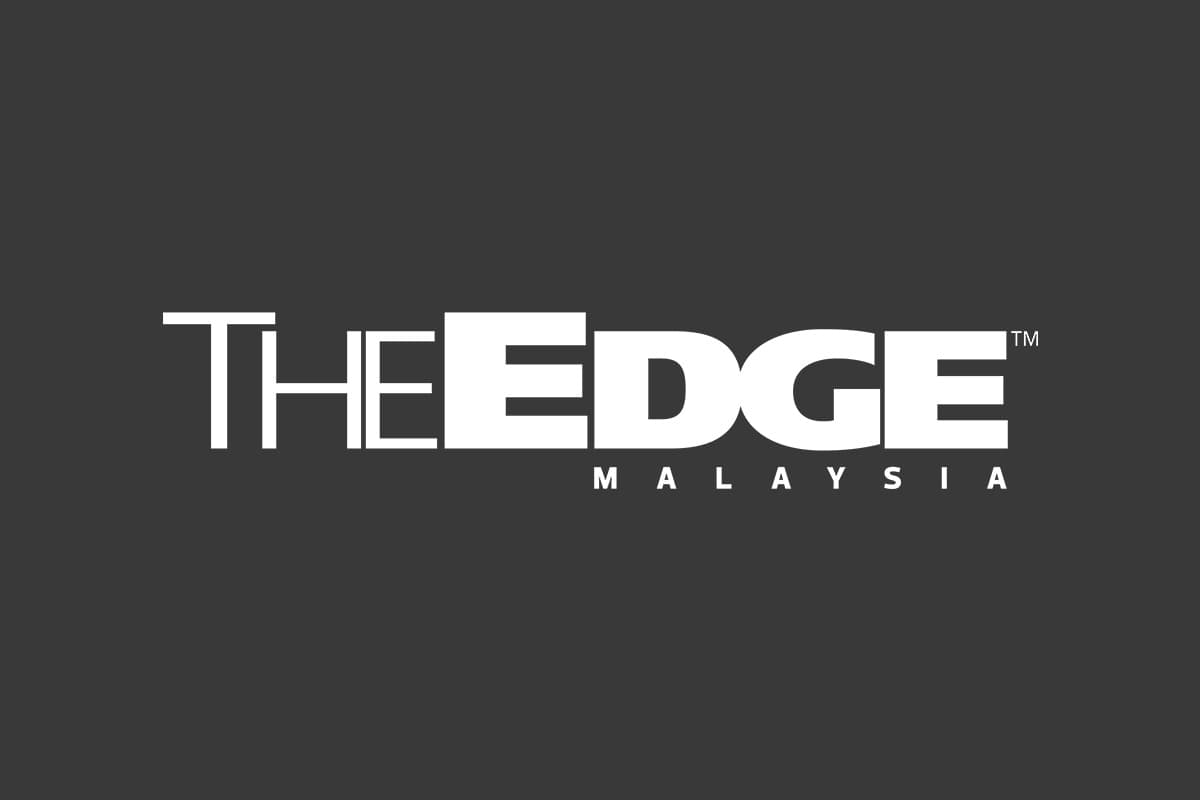
The credit reporting industry has improved the accuracy of its information since the implementation of the Credit Reporting Agencies Act 2010. Consumers will benefit from the greater transparency and more accurate information as more comprehensive tools for lenders are introduced, says RAM Credit Information Sdn Bhd.
Managing credit risk with i-Score
Last month, in partnership with Experian, RAMCI introduced i-Score — a comprehensive risk scoring tool that uses a numeric system to predict the likelihood of an individual in paying his or her credit obligations on time. i-Score is calculated using the information from new credit applications, payment history, public litigation information, length of credit history and credit limit utilisation.
Scores range from 0 to 781. The higher the score, the lower the risk grade. “It is just like an exam,” says Lai. “The higher you score, the better.”
Lai says the score, which is based on a statistical model, makes things a lot more objective. “Using historical information from the CCRIS and our database, we can predict over the next 12 months how likely this person will default. We can see the trend, although it is not a crystal ball. For example, if a person scores 361, he or she belongs in the ‘weak’ category. This is considered higher risk.”
With i-Score, lenders will be able to better discern the financial habits of consumers. This, in turn, will lead to fewer defaults.
“Once they have the score, they will know that this individual belongs to the good or bad group. By using a strong risk predictive tool such as i-Score, lenders will be able to pick up the good ones and avoid lending to the weaker ones,” says Lai.
Banks can even offer customers with a higher risk profile a loan instead of rejecting them at the outset, albeit with a higher interest rate. “It allows them to better manage their customers. By having [more comprehensive credit risk information], banks can offer this rate to Group A and another rate to Group B. This does not mean an increase in personal loans, but the ability to provide better interest rates,” says Lai.
At present, half of the banks in Malaysia subscribe to RAMCI’s credit information, says Lai.
“Different banks use different agencies. Some use multiple credit agencies, while some use us exclusively,” she adds.
Lai is quick to clarify that RAMCI does not make decisions for lenders to approve or reject loan applicants. “We don’t make decisions for people. As long as the lenders know who gets a score of 180 [a weak credit score], they will decide what to do [with the information],” she says.
“Banks have their own internal policies and other factors to look at, with the key one being the debt service ratio. For example, the recent guideline by Bank Negara Malaysia says you are not supposed to exceed 70% of your total net income. This can have a big impact on the approval rate.”
RAMCI is the first credit reporting agency to launch a comprehensive scoring system in Malaysia. Last November, another credit reporting agency, CTOS Data Systems Sdn Bhd, announced plans to introduce its CTOS-FICO score (in collaboration with US-based FICO, a predictive analytics and decision management software company) in the first quarter of this year, but that has yet to be launched.
Where RAMCI sources its data
While it has offered credit information on companies to credit grantors in the past, RAM Credit Information (RAMCI) Sdn Bhd only began offering reports to consumers at end-2012, and marketed the service more aggressively last year after including banking information in its database.
Each consumer report contains credit information from public domains, such as history of legal action or bankruptcy proceedings, records of non-repayment from non-banking credit lenders and enquiries made on individuals by banks or other credit grantors. Like other credit reporting agencies, the data is collected from public and private domains, RAMCI general manager Dawn Lai says.
“[We collect data from public sources such] as newspapers, government gazettes and e-court systems. Some information is contributed by our subscribers from various industries.”
RAMCI has trade information from over 700 members that conduct business-to-business and business-to-consumer transactions. The latter group has subscribers such as telecommunications companies which provide data on repayment behaviour of their postpaid customers. In addition, RAMCI has information on retail finance from credit providers such as Aeon, Courts Mammoth and Singer, which is based on loans for retail purchases that are granted to individual borrowers.
Apart from the information it collects, RAMCI has access to banking information provided by Bank Negara Malaysia via the Central Credit Reporting Information System (CCRIS) through its reports, all of which are processed to produce the RAMCI Credit Score called i-Score.
What is exclusive to RAMCI is its historical repayment information from ANGKASA Skim Potongan Gaji (SPGA), which allows civil servants to deduct from their monthly salaries what they owe credit grantors such as Malaysia Building Society Bhd or Bank Rakyat. The agency has also tied up with the Motorcycle and Scooter Assemblers and Distributors Association of Malaysia whose 10,000 member dealers share information on their customer repayment profiles.

This story first appeared in our new digital publication Wealth, a section within the new digitaledge Weekly. Click here to subscribe to our digital products for the next three months.
